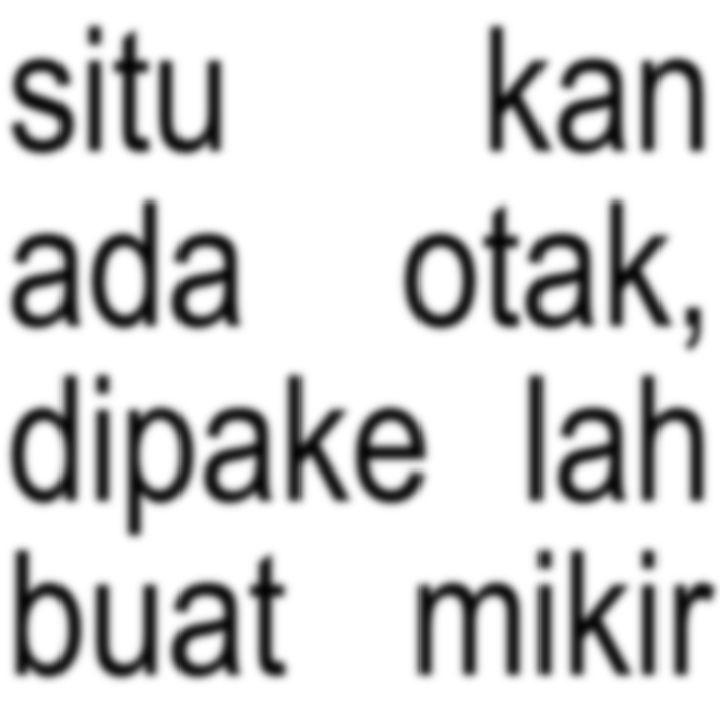VW108 > Link Login Situs Terkemuka Game Online Terpopuler di Asia 2025
Di kancah game online Asia tahun 2025, hanya platform yang benar-benar unggul yang bisa menyandang gelar situs terkemuka. VW108 hadir tidak hanya sebagai peserta, tetapi sebagai pemimpin yang mendefinisikan ulang pengalaman bermain game. Sebagai situs game online terpopuler di Asia, VW108 menawarkan lebih dari sekadar permainan; ia menawarkan sebuah ekosistem hiburan digital yang lengkap, aman, dan sangat menguntungkan.
Bagi Anda yang mencari pintu gerbang menuju pengalaman terbaik ini, link login VW108 adalah kunci utamanya. Mari kita jelajahi mengapa VW108 menjadi pilihan utama jutaan gamer di seluruh Asia.
VW108: Bukti Sebuah Platform Game Online Terkemuka di Asia
Apa yang membuat sebuah platform layak disebut terkemuka? Itu adalah kombinasi dari reputasi, keamanan, variasi layanan, dan komitmen terhadap member. VW108 membangun fondasinya dengan:
- Lisensi Resmi Internasional: Beroperasi di bawah pengawasan lembaga regulasi game internasional, menjamin permainan yang adil dan transparan.
- Teknologi Server Kelas Asia: Menyediakan pengalaman bermain yang lancar, stabil, dan bebas lag untuk semua pengguna di seluruh wilayah Asia.
- Portofolio Game Terlengkap: Menghadirkan ratusan pilihan game terbaik dari penyedia perangkat lunak ternama dunia.
Keunggulan VW108 yang Membuatnya Paling Populer
Popularitas VW108 bukanlah sebuah kebetulan. Ini adalah hasil dari dedikasi untuk memberikan yang terbaik, yang tercermin dari beragam keunggulannya:
- Link Login yang Aman dan Terpercaya
- Beragam Bonus Menggiurkan untuk Semua Kalangan
- Koleksi Game Terlengkap dan Terbaru
Dalam dunia digital, keamanan adalah yang utama. Link login VW108 didukung dengan sistem enkripsi tingkat tinggi, memastikan data pribadi dan finansial Anda terlindungi setiap kali Anda mengakses situs. Menghindari link palsu dan selalu menggunakan link login resmi VW108 adalah langkah pertama yang bijak.
VW108 memahami bagaimana cara merayakan kedatangan member baru dan menghargai loyalitas member setianya. Berikut adalah beberapa bonus yang ditawarkan yaitu Bonus New Member 100%, Bonus Cashback Mingguan, dan Top Up Tanpa Potongan
Sebagai situs terkemuka, VW108 menjamin Anda tidak akan pernah kehabisan opsi. Temukan semua jenis permainan yang Anda cari: Mobile Legend, Sportsbook, Valorant, RPG, hingga Arcade.
Bergabung dengan situs paling populer di Asia ini sangatlah mudah. Cukup ikuti dua langkah sederhana ini:
- Daftar Akun: Kunjungi link login VW108 dan cari tombol "Daftar" atau "Register". Isi formulir pendaftaran dengan data diri yang valid.
- Klaim Bonus New Member: Setelah akun aktif dan deposit pertama dilakukan, jangan lupa untuk mengklaim bonus New Member yang sudah menanti Anda.







